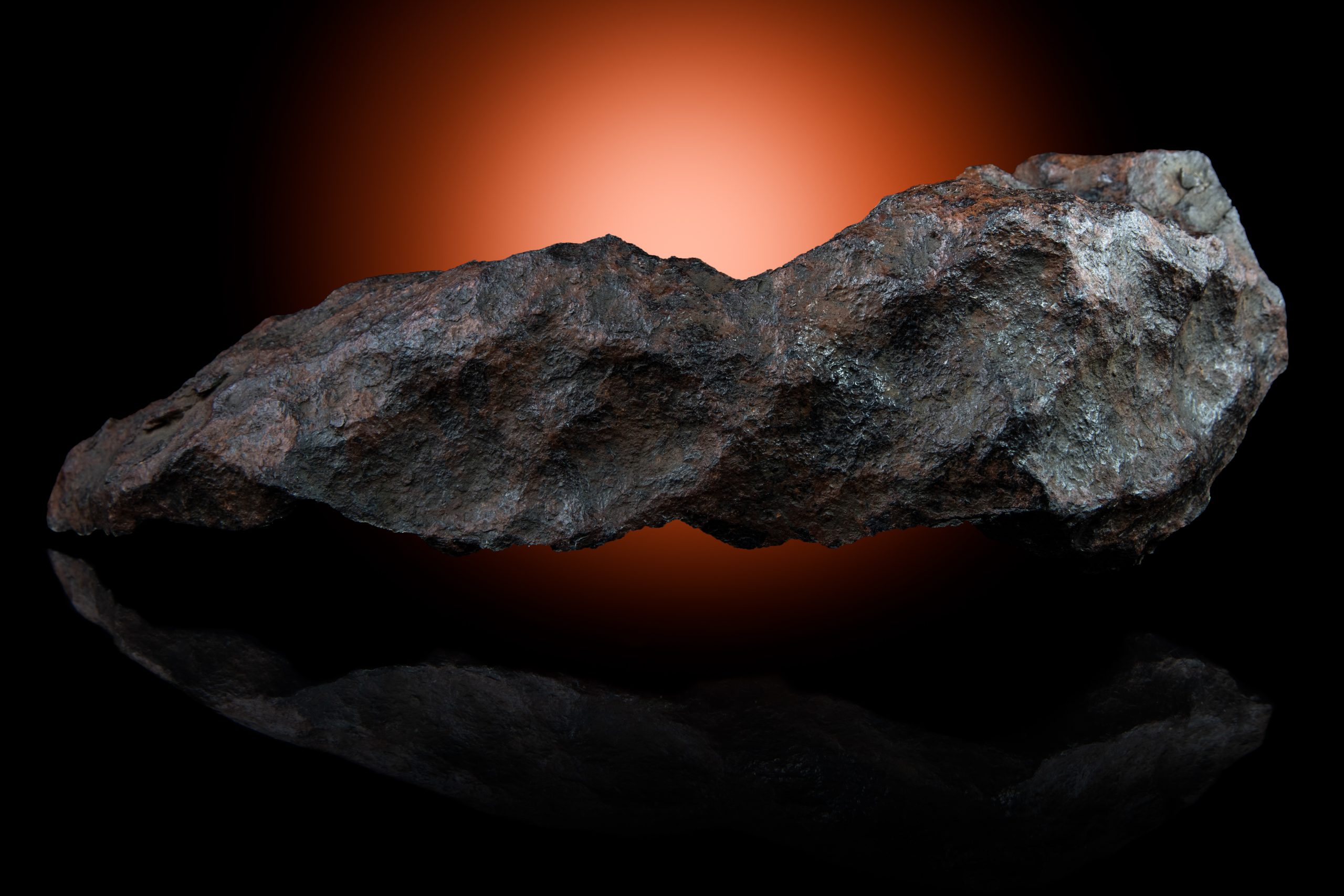

Some astronomers classify bolides as fireballs that produce a sonic boom as they streak through the atmosphere. These explosions can be heard and even felt on the Earth’s surface. Bolides are even brighter and more massive than fireballs and often explode in the atmosphere. Some were seen only in a small area, while others were reported by stargazers across several states. As of July 2014, for instance, more than 1,500 fireballs were reported in the United States. Members of organizations such as the American Meteor Society report hundreds of sightings every year. The International Astronomical Union describes a fireball as a “meteor brighter than any of the planets.” Fireballs are probably the most common type of meteor. Fireballs have brighter and longer-lasting light than earthgrazers. Fireballs are larger meteors, ranging in size from a basketball to a small car. The earthgrazer exited the atmosphere over the Canadian province of Alberta. Thousands of people reported seeing the meteor.

state of Utah, streaking through the sky at 15 kilometers per second (9 miles per second). The most famous earthgrazer is probably the “1972 Great Daylight Fireball,” which entered the atmosphere over the U.S. Other earthgrazers break up in the atmosphere and streak through the sky as falling stars.
.jpg)
Some earthgrazers bounce off Earth’s upper atmosphere and re-enter outer space. Earthgrazers are meteors that streak close to the horizon and are known for their long and colorful tails. Types of Meteors Meteors are described by their size, brightness and proximity to Earth. Meteors that don’t burn up in the atmosphere strike Earth’s surface. Scientists think up to 50 metric tons of meteors fall on the Earth each day, but most are no bigger than a pebble. A meteor with high calcium content may appear as a purple streak of light. A meteor with high iron content, for instance, will appear yellow. Meteors appear in different colors, depending on the chemical composition of the space rock and the air it is passing through. Although thousands of meteors fall during the day, meteors are best observed at night, when the streaks of light are visible in the dark sky. The smallest meteors only glow for about a second while larger and faster meteors can be visible for up to several minutes. The fastest meteors travel at speeds of 71 kilometers (44 miles) per second. The faster and larger the meteor, the brighter and longer it may glow. Even the smallest meteors are visible from many kilometers away because of how fast they travel and how brightly they shine. Most meteors occur in Earth’s mesosphere, about 50-80 kilometers (31-50 miles) above the Earth's surface. Meteors are often referred to as shooting stars or falling stars because of the bright tail of light they create as they pass through the sky. The heat causes gases around the meteoroid to glow brightly, and a meteor appears. When a meteoroid enters the Earth’s upper atmosphere, it heats up due to friction from the air. Comets also create meteoroids as they orbit the sun and shed dust and debris. Most meteoroids are small fragments of rock created by asteroid collisions. Meteoroids are lumps of rock or iron that orbit the sun. The explosion released the energy equivalent to 10 to 15 megatons of TNT.A meteor is a streak of light in the sky caused by a meteoroid crashing through Earth’s atmosphere. A meteor exploded near the Podkamennaya Tunguska River in Siberia, Russia on June 30th, 1908. The largest meteor air burst was the Tunguska event.A meteor will become visible to the naked eye between 250,000 and 390,000 feet above the Earth’s surface.A meteor will either deflect off the Earth’s atmosphere and go back into space, burn up completely or impact the surface and become a meteorite.A meteor (falling star or shooting star) is a meteoroid that has entered the Earth’s atmosphere.Millions of meteoroids impact the Earth’s atmosphere every day.The fastest meteoroids can travel up to 94,000 miles per hour.An example of how impact debris can be created is by an asteroid striking a planet or natural satellite (moon). Meteoroids are also created from impact debris that gets injected into space.A large majority of the meteoroids in our Solar System are fragments of asteroids and comets.As of April 2017, the International Astronomical Union (IAU) defines an astronomical body a meteoroid if it has a diameter between 0.003 centimeter and 3.28 feet.A meteoroid is a small astronomical body in outer space that is made out rock or metallic materials.


 0 kommentar(er)
0 kommentar(er)
